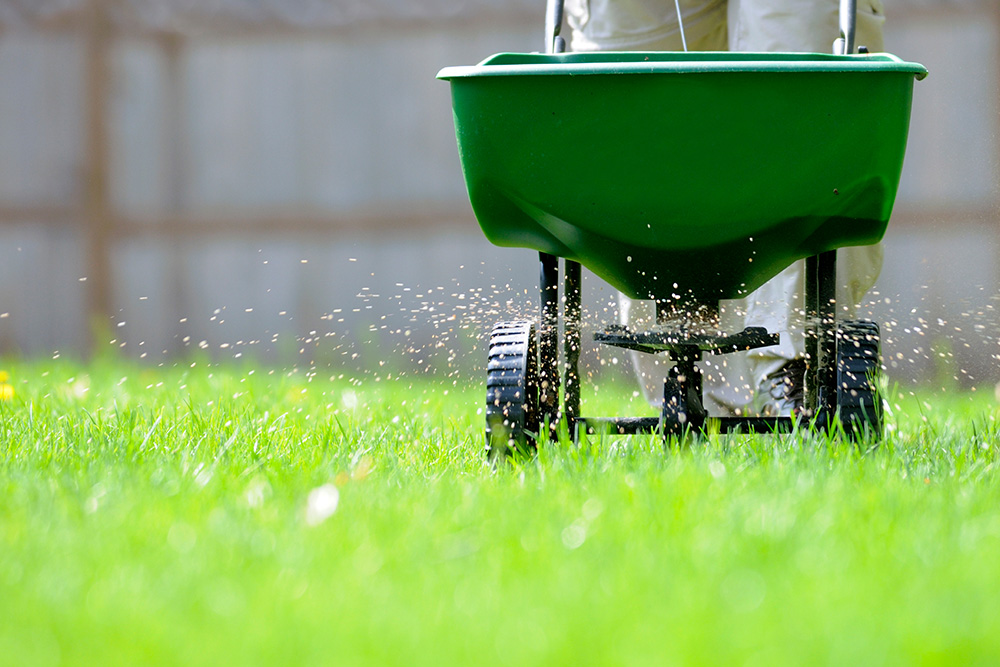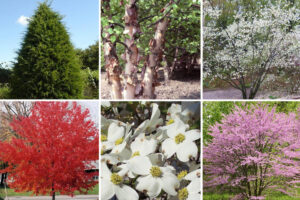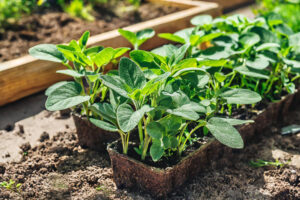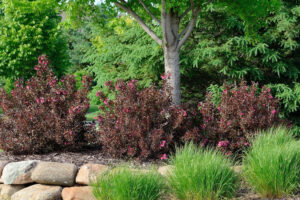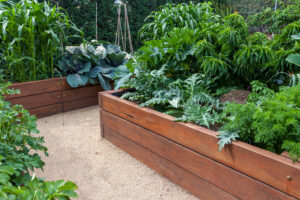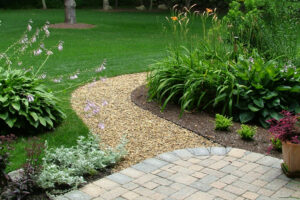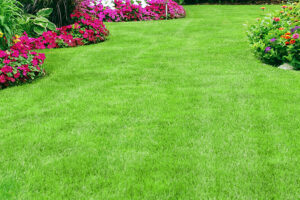In Southern Maryland, as in many regions with clay-heavy soil, applying Lime to lawns is beneficial and often necessary. The naturally acidic soil in this area can hinder the growth and health of your lawn, leading to a less-than-lush green canvas. Using Lime to adjust the pH of the soil can make a significant difference in your lawn’s vitality. Now is the perfect time to address this need, and pelletized Lime offers a straightforward solution.
Why Lime is Essential:
Lime is not a fertilizer but a soil amendment. The primary purpose of applying Lime is to neutralize soil acidity, which can lead to better nutrient availability and a more hospitable environment for grassroots. Most lawns in Southern Maryland will benefit from Lime, as it enhances the effectiveness of fertilizers and aids in creating a vibrant, healthy lawn.
The Benefits of Pelletized Lime:
Pelletized Lime is composed of finely ground limestone, which is then formed into small pellets. These pellets are more easily spread and less messy than traditional lime powders. They break down slowly with rainfall and irrigation, providing a controlled release of Lime to the soil. This form of Lime is also less likely to blow away or wash off sloped surfaces, ensuring that your efforts are worthwhile.
Timing for Application:
Late winter, particularly around mid-February, is an ideal time to apply Lime. The soil’s freeze-thaw cycle allows the Lime to penetrate the ground more effectively. Additionally, using Lime before the spring growth surge gives the grass the optimal environment for taking advantage of the upcoming growing season.
Winter Overseeding:
This period is also suitable for winter overseeding. In this process, grass seed is sown directly into existing turf without tearing up the turf or the soil. It’s especially beneficial for lawns with thin or bare spots. Before overseeding, it’s crucial to lightly rake the areas to loosen the soil, ensuring better seed-to-soil contact and, thus, better germination rates. Removing leaves and debris from these areas is also essential to prevent suffocation of new seedlings.
Maintaining Your Lawn:
After overseeding, regular maintenance is critical. Keep the newly seeded areas moist to encourage germination and early growth. However, avoid overwatering, which can wash away seeds and encourage fungal diseases. As the new grass is established, follow a proper mowing and fertilization schedule detailed in comprehensive lawn care guides, such as the one Wentworth Nursery provides. Lawn care is an ongoing commitment that extends throughout the year. By taking proactive steps in the late winter, homeowners can set the stage for a lush, green lawn that’s aesthetically pleasing and more resistant to pests, diseases, and extreme weather. For more personalized advice and a step-by-step seasonal lawn care guide, visit Wentworth Nursery’s Lawn Care Guide, which offers tailored solutions for Southern Maryland’s unique lawn care challenges.

